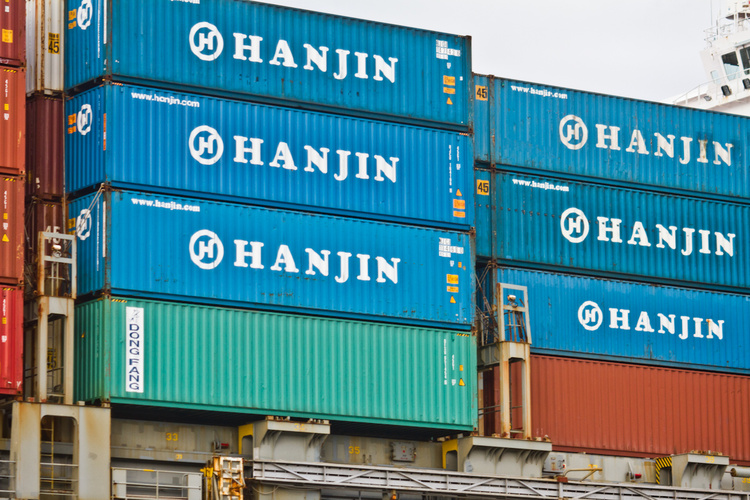

PMCG is a Portuguese law firm offering a broad range of legal services designed to fulfil our Clients` demands…Know more
+351 210 937 042
+351 211 956 491
geral@pmcg.pt
Avenida da Liberdade, nº 258, 9º Direito, 1250-258 Lisbon
Avenida da Boavista, 3265, Edif. Oceanus, 1º Andar, 4100-137 Porto
AREAS OF PRATICE
OUR TEAM


